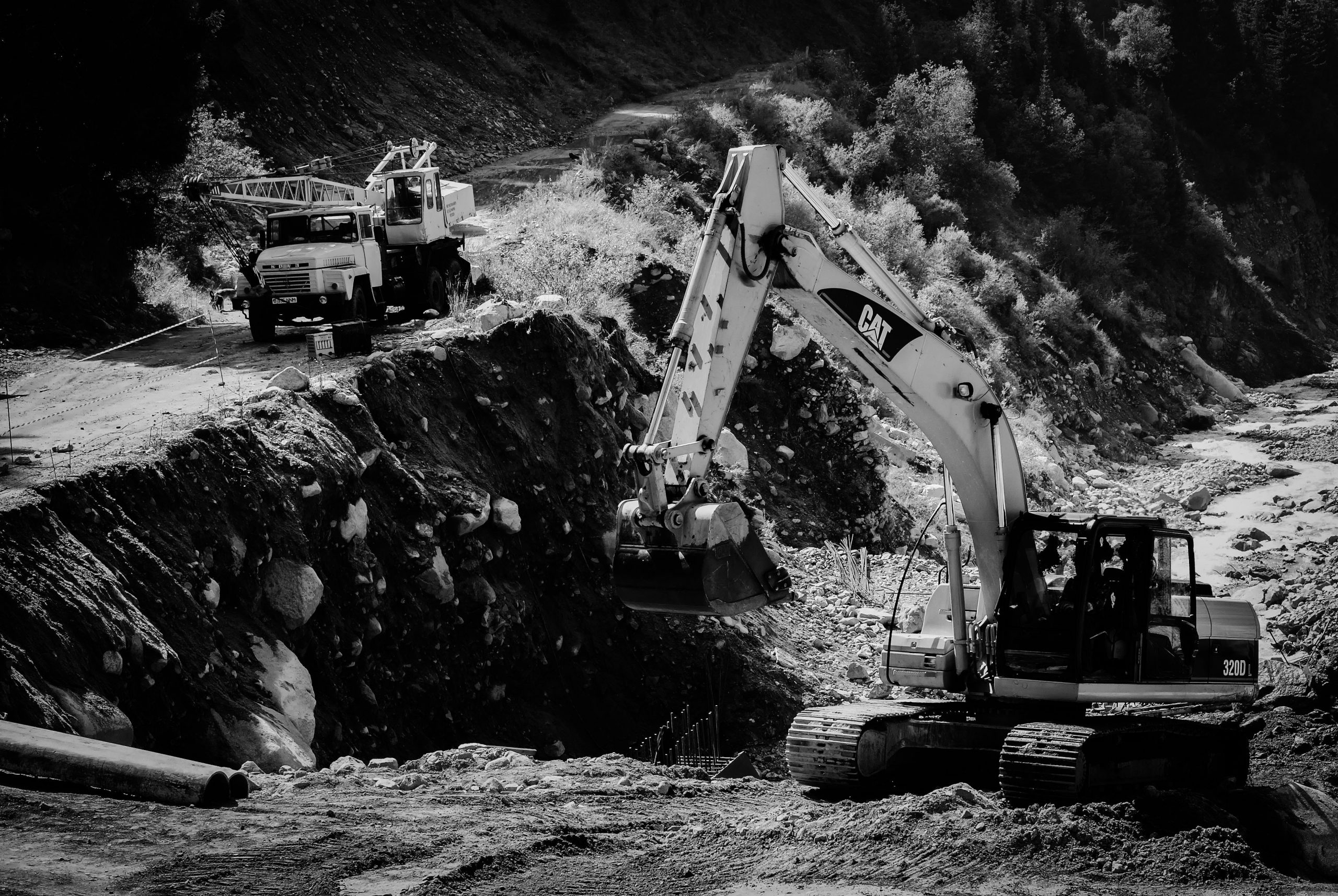- en
- fr
Engineers at MIT create an energy-storing supercapacitor out of ancient materials
According to a new study, two of humanity’s most common historical materials, cement and carbon black (which resemble very fine charcoal), could serve as the foundation for a novel, low-cost energy storage system. The technology could make it easier to use renewable energy sources like solar, wind, and tidal power by allowing energy networks to remain stable even when the renewable energy supply fluctuates.

The researchers discovered that the two materials can be combined with water to create a supercapacitor — an alternative to batteries — that can store electrical energy. For example, the MIT researchers who developed the system claim that their supercapacitor could eventually be incorporated into a house’s concrete foundation, where it could store a full day’s worth of energy while adding little (or no) cost to the foundation and still providing the necessary structural strength. The researchers also envision a concrete roadway that could provide contactless charging for electric vehicles as they travel along it.
In principle, capacitors are very simple devices that consist of two electrically conductive plates immersed in an electrolyte and separated by a membrane. When a voltage is applied across the capacitor, positively charged electrolyte ions accumulate on the negatively charged plate, while negatively charged ions accumulate on the positively charged plate.
“The material is fascinating,” MIT professor Admir Masic says, “because you have the most-used man-made material in the world, cement, that is combined with carbon black, that is a well-known historical material — the Dead Sea Scrolls were written with it. You have these at least two-millennia-old materials that when you combine them in a specific manner you come up with a conductive nanocomposite, and that’s when things get really interesting.”
Source: MIT
Energies
